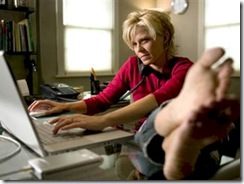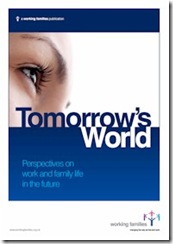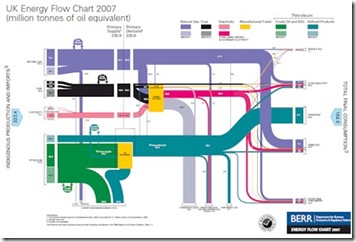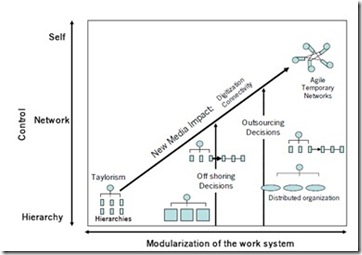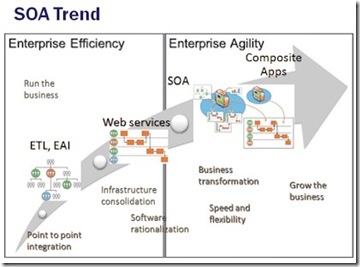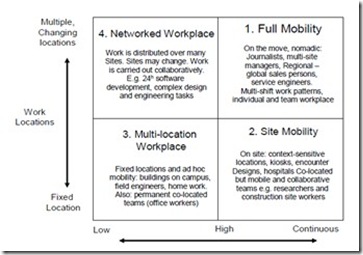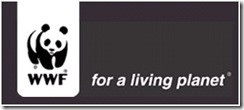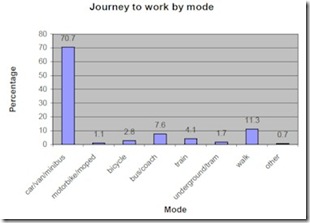MSNBC featured a fine piece titled “Chatty Workers Are Best Telecommuters” (thanks Dr. Bret) with a delightfully colourful introduction…
“For years the workplace commentariat has been nattering about the no-collar workplace. Companies will hire brains, not bodies. Work will go to the talent — instead of the talent extreme-commuting to the work. Teams will go transnational, warming the undersea cables with their space-and-time shifting video meetings. The workplace of the future, they've said, will be no workplace at all. Technology will turn the globe into one giant Wi-Fi-enabled kibbutz. A post-face-time world where everybody can Tivo their work. This is one of those dreams that has actually panned out. The office — in our pocket! (Or pocketbook!) But for every miraculous solution, there's another problem created. And so it is with the wonder of wireless work.”
The article makes a number of key points that Dynamic Work endorses completely…
- New characteristics to productivity – Often, the most difficult hurdle to implementing Dynamic Work are the managers, the management skills and the management practices. All of these usually need a complete overhaul in the new approach to getting things done. That change includes identifying, assessing and enhancing someone’s productivity. In the past, conventional wisdom would cite ‘chattiness’ as a sign of distraction and lack of focus, actually correlates strongly with someone able to maintain and support the increased opportunities and demands in a distributed environment.
- No one size fits all – Dynamic Work is no more of a panacea than any other innovation. Each member of staff and the role they serve is its unique blend of skills, personality, preferences and demands that will embrace some of the potential changes and balk at other. A hallmark of Dynamic Work’s engagements is identifying the various clusters of roles and ‘psychographics’ to figure out tailored approaches and tools for different groups.
- Shirk from home’ – A persistent myth is that without direct supervision, workers will fritter away hours unproductively. Obviously, a central part of the solution is to strengthen ‘management by outcome’. But, the article highlights that the tendencies are actually quite the opposite to the fear – " ‘Mobile workers are far more organized, personally, than their office-bound counterparts,’ says a researcher. ‘They have to be on top of their game the whole time.’"
